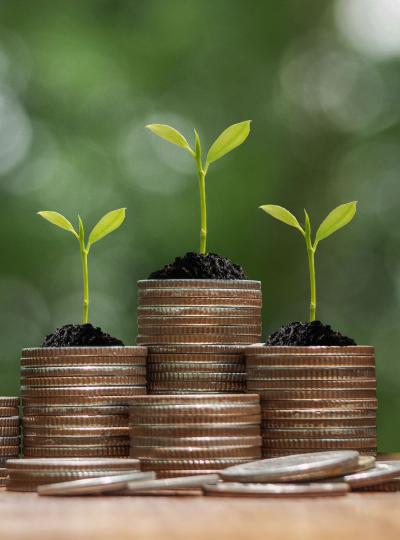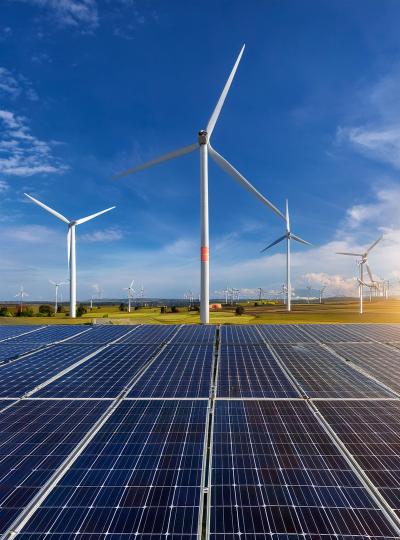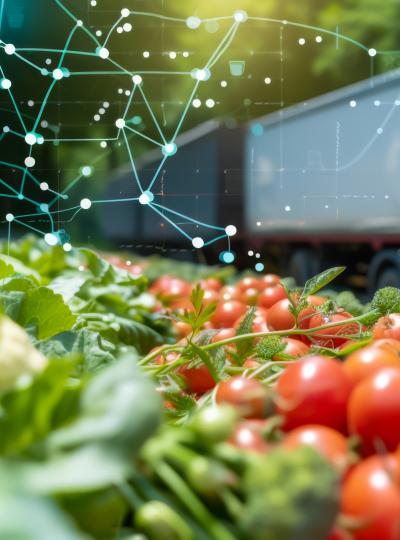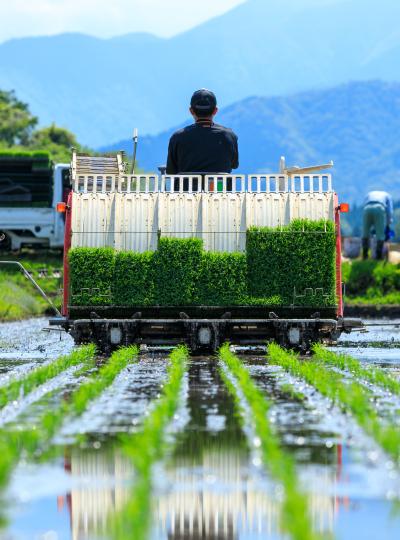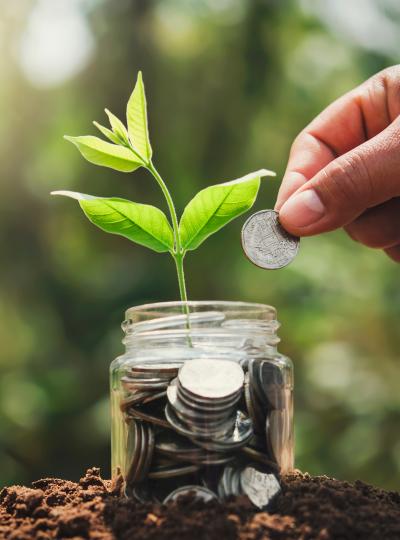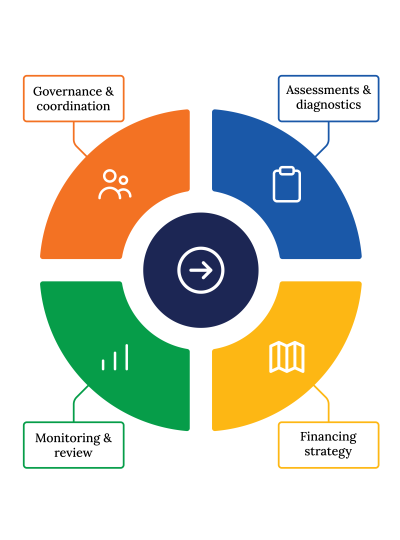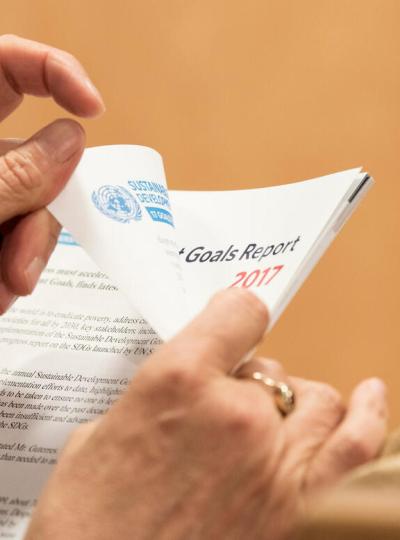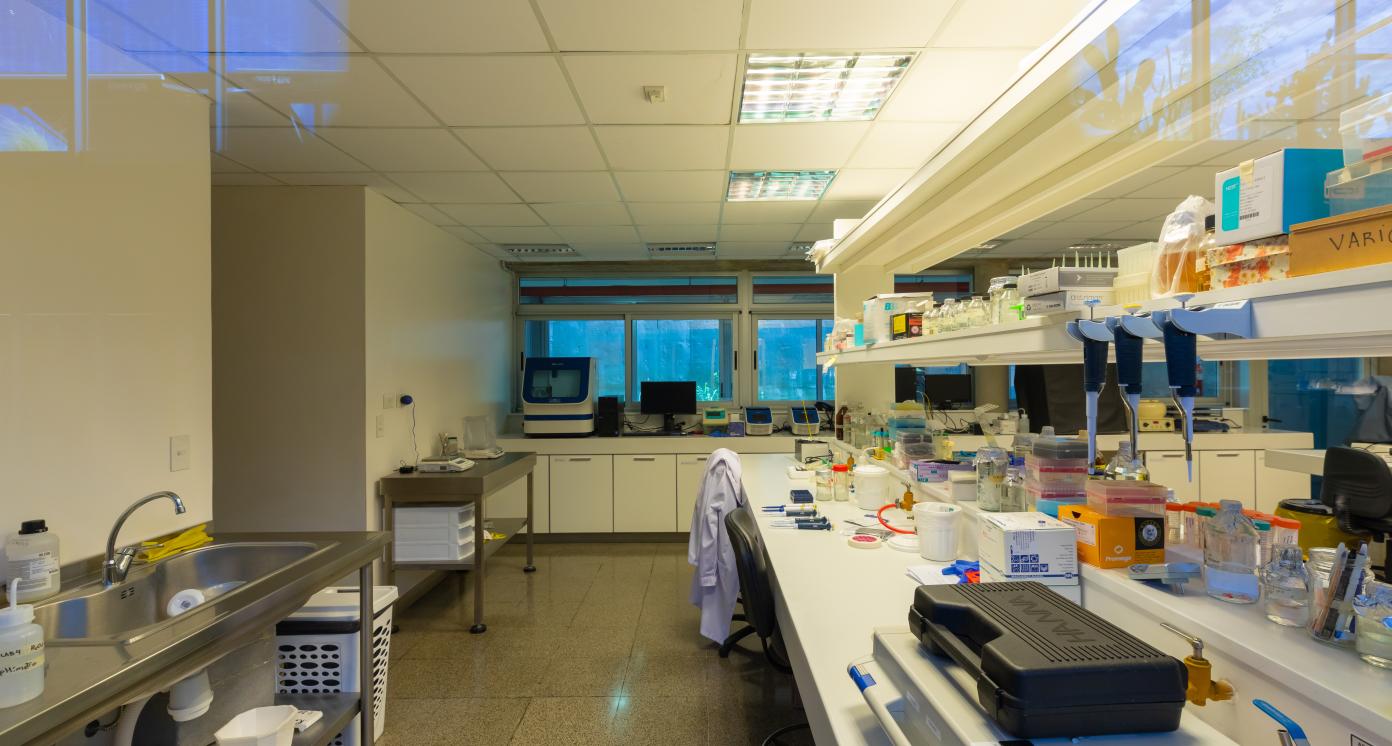Bioeconomy for the development of personal hygiene products, cosmetics, construction.
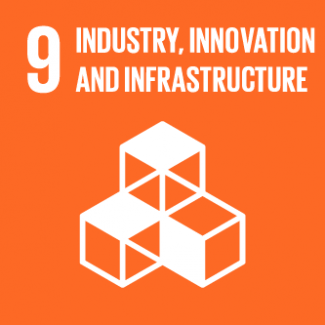
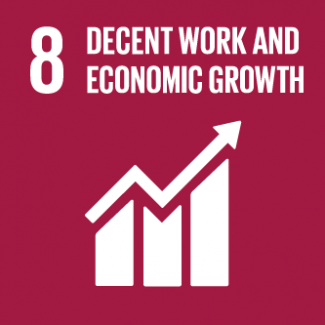
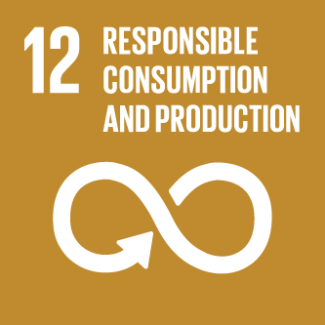
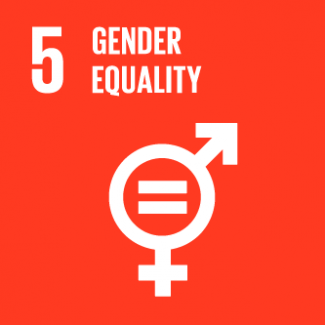
Business Model Description
Develop the hemp industry, taking its use for the production of goods in the food, cosmetics, personal hygiene, clothing and construction industries. Incorporating principles of sustainability, technological investment and the development of new sources of employment.
How is this information gathered?
Investment opportunities with potential to contribute to sustainable development are based on country-level SDG Investor Maps.
Disclaimer
UNDP, the Private Finance for the SDGs, and their affiliates (collectively “UNDP”) do not seek or solicit investment for programmes, projects, or opportunities described on this site (collectively “Programmes”) or any other Programmes, and nothing on this page should constitute a solicitation for investment. The actors listed on this site are not partners of UNDP, and their inclusion should not be construed as an endorsement or recommendation by UNDP for any relationship or investment.
The descriptions on this page are provided for informational purposes only. Only companies and enterprises that appear under the case study tab have been validated and vetted through UNDP programmes such as the Growth Stage Impact Ventures (GSIV), Business Call to Action (BCtA), or through other UN agencies. Even then, under no circumstances should their appearance on this website be construed as an endorsement for any relationship or investment. UNDP assumes no liability for investment losses directly or indirectly resulting from recommendations made, implied, or inferred by its research. Likewise, UNDP assumes no claim to investment gains directly or indirectly resulting from trading profits, investment management, or advisory fees obtained by following investment recommendations made, implied, or inferred by its research.
Investment involves risk, and all investments should be made with the supervision of a professional investment manager or advisor. The materials on the website are not an offer to sell or a solicitation of an offer to buy any investment, security, or commodity, nor shall any security be offered or sold to any person, in any jurisdiction in which such offer would be unlawful under the securities laws of such jurisdiction.
Country & Regions
- San Juan Province
- Sarmiento City
Sector Classification
Resource Transformation
Development need
The manufacturing industry contributed 16.1% to the total GDP by 2019. (1) According to 2017 data, the industrial sector generates around 14.4 thousand jobs, representing 16% of the Province's registered private employment (2). But there are major challenges on the road to sustainable development of the sector.
Policy Priority
San Juan promotes the diversification of industrial production with incentive programmes, lines of financing and facilitating the establishment of establishments in Industrial Parks. In recent years, specific programmes have been designed to promote the incorporation of technology and innovation to strengthen the competitiveness of San Juan's industry (1).
Gender inequalities and marginalisation
Gender: There is no gender-segregated data in San Juan regarding jobs held by women and men. But there is undoubtedly great potential for growth in women's employment in the sector. Marginalisation: Small enterprises lack equal access to the industrial sector compared to medium and large enterprises.
Investment Opportunities
There is a significant opportunity for growth in the industrial sector that will add value to the economy of the Province and help to fill unmet areas and introduce improvements especially in relation to the sustainable development of the sector.
Bottlenecks
Difficulties in applying sustainability principles and actions, especially because of the costs involved. Difficulties in accessing goods with dollar values due to Argentina's high exchange rate regulation.
Industrials
Development Need
Horizon of great agro-industrial growth, technological investment and development of new sources of employment in conjunction with private capital (1). This industry is not limited simply to medicinal use, but can also be used in the food industry, personal hygiene, cosmetics and construction materials.
Political Priority
The Government has supported the creation of Can.Me. Origen San Juan, an organisation that promotes cultivation, research, and new financial instruments for the development of agro-industrial projects linked to medical cannabis.
Gender inequalities and marginalisation
There is no information surveyed in this agro-industrial sector because it is at a research stage. It is estimated that once the projects are operational, women's labour will be required as it is more suitable for manual work.
Investment opportunities
There is a significant opportunity for growth in the cultivation and industrialisation of cannabis as well as in the inputs used in the production process. For example: seeds, pots, greenhouse structures, lights, substrate, beneficial insects, organic control, osmosis equipment, nurseries, rooting systems, etc.
Bottlenecks
The main obstacles arise from the fact that this is a developing area in our country, which leads to a lack of regulation, lack of knowledge and training of the workforce and of the companies supplying inputs, with many of them having to be brought in from other provinces or countries.
Pipeline Opportunity
Bioeconomy for the development of personal hygiene products, cosmetics, construction.
Develop the hemp industry, taking its use for the production of goods in the food, cosmetics, personal hygiene, clothing and construction industries. Incorporating principles of sustainability, technological investment and the development of new sources of employment.
Business Case
Market Size and Environment
USD 100 million - USD 1 billion
According to official data set out in the legislation, this industry has the potential to create $500 million in sales to the domestic market. (5)
Indicative Return
> 25%
Based on the evaluation study of the investment project: New alternatives for fifth afforestation (6).
Investment Timeframe
Medium Term (5–10 years)
The investment period may vary depending on the type of industry to be developed with hemp. It is 5 years if investing in hemp cultivation, due to the large initial investment that must be made, but less than 5 years if investing in the production of hemp-based products.
Ticket Size
< USD 500,000
Market Risks & Scale Obstacles
Business - Supply Chain Constraints
Market - Highly Regulated
Market - Volatile
Impact Case
Sustainable Development Need
San Juan Province does not have enough industries that contribute to economic growth but at the same time manage to reduce emissions and reduce environmental impact.
In the Province of San Juan, registered jobs in the agricultural sector represent 8.7% and in industry 16.8% of the total number of jobs. (2)
Gender & Marginalisation
Less than 50% of women are currently employed in local industries (no official statistics).
Expected Development Outcome
Increase productive and industrial enterprises related to hemp. According to projections, by 2025, USD 500 million in sales will be generated in the domestic market and USD 1 billion in exports over the next 10 years. This crop is gaining ground in this region (7).
Increase jobs in the agricultural and industrial sectors specifically related to hemp.
Gender & Marginalisation
Increase the number of jobs filled by women in the cannabis and hemp-related production and industrial sectors.
Primary SDGs addressed

9.2.1 Manufacturing value added as a proportion of GDP and per capita
Industry has contributed to GDP by %15.7 (8)
Hemp exports are expected to reach USD 1 billion over the next 10 years (7).

8.5.2 Unemployment rate, by sex, age and persons with disabilities
0% of jobs in the cannabis and hemp industry in the Province.
It is expected that by 2030 the cannabis and hemp industry will be able to contribute more jobs to the agricultural and industrial sector by achieving a higher share of overall employment, of which 50% is expected to be filled by women.
Secondary SDGs addressed


Directly impacted stakeholders
People
Gender inequality and/or marginalization
Planet
Corporates
Public sector
Indirectly impacted stakeholders
People
Planet
Corporates
Public sector
Outcome Risks
Changes in the regulations enabling the production of cannabis/hemp in the province, taking into account that the authorisation of companies and establishments must be approved in advance.
Difficulties in obtaining skilled labour in the cultivation area (Can.Me. premises, the only place authorised by provincial regulations to develop cannabis and hemp cultivation).
Lack of resources and/or inputs or limited access to them on the local or international market.
Impact Risks
Evidence risk: Lack of research to provide quality data, lack of statistics and measurement of the sector, as it is a newly developed sector.
Participation risk: Lack of knowledge of the benefits of cannabis/hemp for the industry and for the environment.
Risk of unexpected impact: Adverse weather conditions complicate crops and put the industry at risk.
External Risk: There may be international competitors who are more knowledgeable and take better advantage of the opportunities offered by the market, with a lower price for consumers.
Impact Classification
What
The hemp industry and hemp cultivation generates a positive economic outcome and benefits for the soil, the planet and stakeholders.
Who
Producers and industrialists who are part of the hemp value chain.
Risk
Loss of economic growth of industries, people out of work and loss of possibility to improve the environment.
Enabling Environment
Policy Environment
The Government of the San Juan Province has included cannabis cultivation in its strategic plan, with programmes and projects that promote its industrial development. (10)
Financial Environment
From the Ministry of Production and Economic Development of the Province, stimuli are granted for the installation of new companies that take into account sustainable development models, under the modality of Non-Refundable Contributions.(10)
Tax incentives: Gross Income Tax reductions and exemptions for agricultural activities. In addition to tax incentive programmes such as those managed by the San Juan Investment Agency with tax bonds in order to encourage sustainable investment projects.
Regulatory Environment
Provincial Law 1951 creates the state-owned company Can.me. with the aim of guaranteeing equal access to medical cannabis oil. At the moment its regulation is only for medicinal purposes, pending the new regulation it can also be extended to industrial purposes.
National Regulation: Law 27.350 that endorses medical and scientific research into the medicinal use of the cannabis plant. It proposes the creation of a National Register of patients undergoing treatment with cannabis under the responsibility of the Ministry of Health. Law 23.737 that represses the sowing, cultivation and trade of plants and seeds for the sale of narcotic products.
Regulation: National Law 27669 establishes the regulatory framework for the production and commercialisation chain of the cannabis plant and its derivatives for both medicinal and industrial use.
International Regulations: There are three bodies that decide on the UN international conventions on narcotic drugs: Commission on Narcotic Drugs CND, National Narcotics Control Board INCB, World Health Organisation WHO.
Marketplace Participants
Private Sector
Argentinean business chambers and companies such as Gaia Eyewear and Stay True that have started to use (imported) hemp as a raw material for their products. "
Government
Government sector with the following organisations and companies: Can. Me, INTA, SENASA, INASE, ANMAT, Ministry of Security of the Nation, Ministry of Health of the Nation, Ministry of Production.
Target Locations
San Juan Province
Sarmiento City
References
- (1) Investor's Guide - Government of San Juan 2021
- (2) Provincial Production Report. San Juan. June 2019. Subsecretariat of Economic Programming. Secretariat of Economic Policy. Ministry of Finance of the Nation.
- (3) https://www.staytrueorganic.com
- (4) Publication "Hemp and Bioplastics, a sustainable and quality production" - www.industriacannabis.com.ar - February 2022.
- (5) Forbes Argentina Magazine 9/2022.
- (6) Thesis Ingeniero Martin Tamaño. National University of Litoral. www.bibliotecavirtual.unl.edu.ar
- (7) Interview by Revista Forbes Argentina with Pablo Fazio - president of the Argentine Chamber of Cannabis.
- (8) INDEC fourth quarter 2019 report
- (9) Note to Mariano Percivale from Company "Gaia Eyeware" - https://www.bichosdecampo.com- 7/2021
- (10) San Juan Province Strategic Plan - 2019

